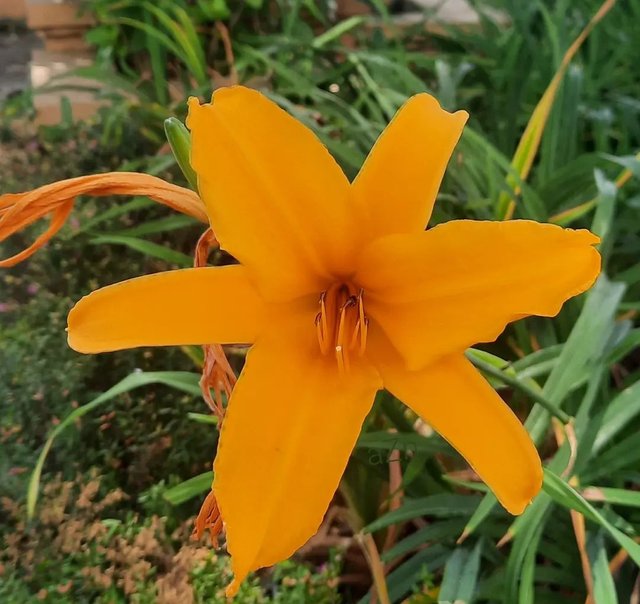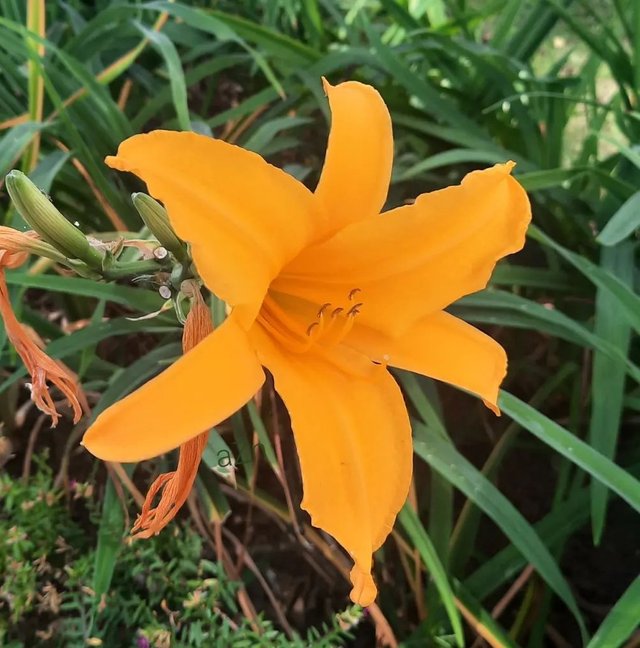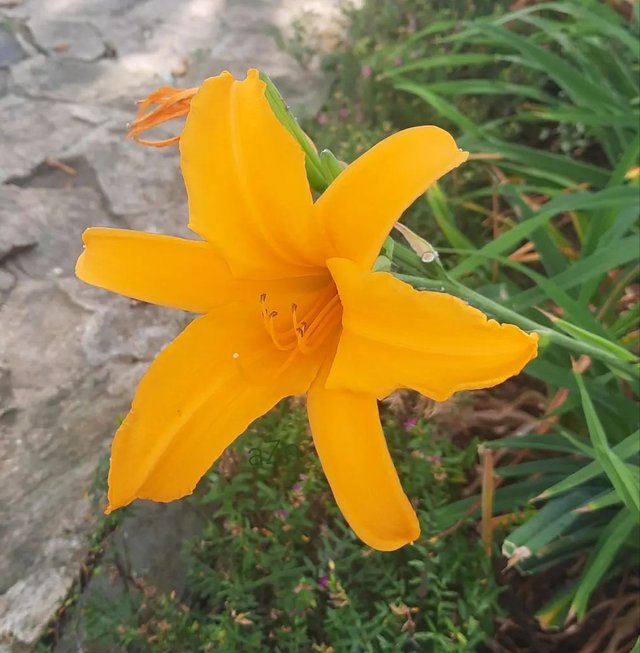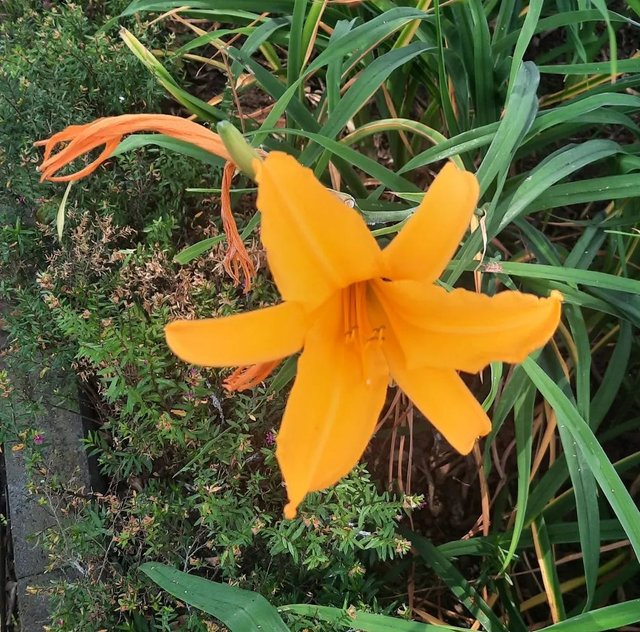Hemerocallis Middendorffii var. Esculenta Amazing Flower
Hemerocallis middendorffii var. esculenta: A Detailed Exploration
Introduction
Hemerocallis middendorffii var. esculenta, commonly known as the edible daylily, is a fascinating and versatile plant that belongs to the Hemerocallidaceae family. This variety of daylily is notable not just for its striking appearance and hardiness, but also for its culinary applications, which make it a valuable plant in both ornamental and edible gardens.
Taxonomy and Nomenclature
Kingdom: Plantae
Clade: Angiosperms
Clade: Monocots
Order: Asparagales
Family: Hemerocallidaceae
Genus: Hemerocallis
Species: Hemerocallis middendorffii
Variety: Hemerocallis middendorffii var. esculenta
The term "Hemerocallis" derives from the Greek words "hemera" and "kallos", referring to the ephemeral nature of its flowers, which typically last only one day. "Middendorffii" honors Alexander Theodor von Middendorff, a Baltic German zoologist and explorer. "Esculenta" indicates its edible nature.
Morphological Characteristics
Flowers:Hemerocallis middendorffii var. esculenta produces vibrant, trumpet-shaped flowers that are typically bright yellow to orange. These flowers are borne on tall scapes that can reach up to 70 cm in height. Each flower opens for a single day, but a mature plant can produce numerous blooms over a prolonged period, providing a continuous display of color.
Leaves:The leaves are long, narrow, and arching, forming dense clumps that can reach up to 50 cm in height. They are bright green and add a lush, grass-like texture to the garden.
Roots and Rhizomes:The plant has a fibrous root system with fleshy rhizomes that store nutrients. This characteristic makes it resilient and capable of surviving in various conditions, including periods of drought.
Habitat and Distribution
Hemerocallis middendorffii var. esculenta is native to East Asia, particularly China, Japan, Korea, and parts of Russia. It thrives in temperate climates and is often found in meadows, along riverbanks, and on forest edges. The plant prefers well-drained, loamy soil and can tolerate a range of soil pH levels. It is also relatively cold-hardy, making it suitable for cultivation in many regions.




